Massage therapy is a popular way to improve physical health and mental wellbeing. But did you know that massage can also help to balance your body’s natural chemistry by releasing certain hormones? In this article, we’ll explore what hormones are released during a massage and how it can help to regulate your body’s natural balance. We’ll discuss why it’s important to maintain a healthy balance of hormones and how massage can help you achieve this. Finally, we’ll look at some of the other benefits of massage therapy, such as improved sleep and reduced stress. So if you’re looking to improve your overall health, read on to learn more about what hormones massage can release and how it can help to balance your body’s natural chemistry.
Contents
What is Massage?
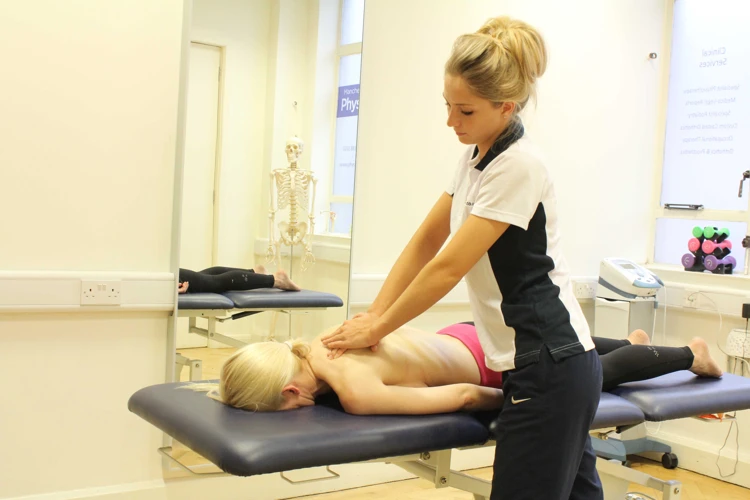
Massage is a manual manipulation of the body’s soft tissues for therapeutic purposes. It is a form of therapy that uses touch and pressure to improve circulation, reduce stress and promote relaxation. Massage can help reduce pain, improve range of motion, and improve circulation. It can also reduce stress and tension, improve sleep, and provide a sense of well-being.
Massage can be used for many different types of conditions, including:
| Conditions | Benefits |
|---|---|
| Musculoskeletal pain | Reduce inflammation, improve range of motion, and reduce muscle tension |
| Stress and anxiety | Reduce stress and anxiety, promote relaxation and well-being |
| Insomnia | Reduce tension, improve sleep, and reduce stress |
| Headache | Reduce tension, improve circulation and reduce stress |
| Depression | Reduce stress, improve mood, and promote relaxation |
Massage therapy is often used in combination with other therapies and treatments, such as physical therapy, chiropractic care, acupuncture, and medication. Massage can also be used to enhance other therapies and treatments, such as cognitive behavioral therapy, mindfulness-based stress reduction, and yoga.
What are Hormones?
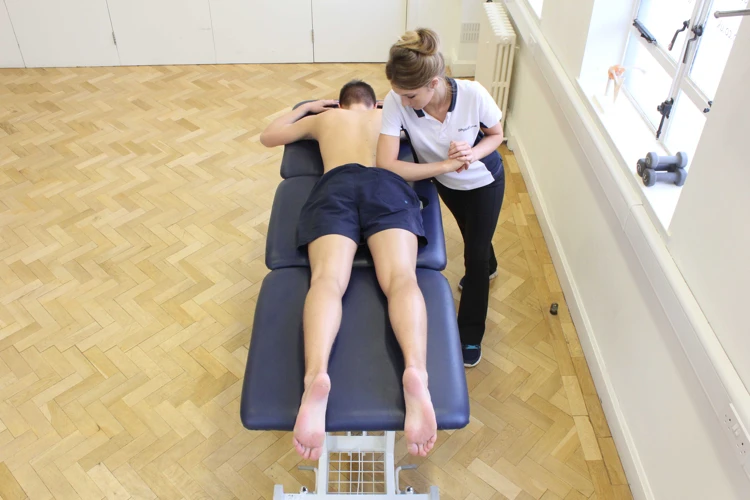
Hormones are chemical messengers produced by the body’s endocrine organs, such as the pituitary and thyroid glands. They are responsible for regulating body processes such as growth, metabolism, and sexual development. Hormones can also be used to treat certain medical conditions, including infertility, obesity, and diabetes. Hormones can be divided into two categories:
- Endogenous hormones: Hormones that are produced and released within the body
- Exogenous hormones: Hormones that are obtained from outside sources, such as medications, supplements, or food
Hormones play an important role in maintaining homeostasis, or balance, in the body. When hormones are out of balance, it can lead to a variety of health issues, such as fatigue, depression, weight gain, and mood swings. Massage therapy has been shown to help balance hormones and restore homeostasis to the body.
What Hormones Does Massage Release?
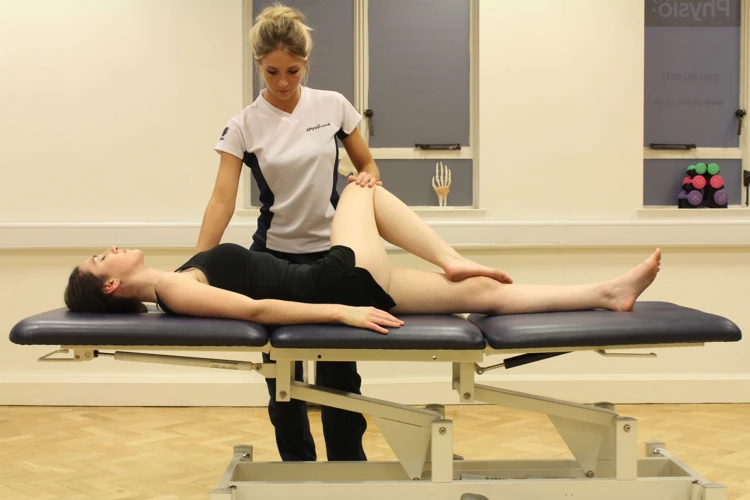
Oxytocin
Massage releases the hormone oxytocin, also known as the “love hormone”. This hormone is associated with positive emotions and feelings of connection. It is released during massage as a result of physical touch, pleasure, and relaxation. Oxytocin can reduce stress, promote trust and social bonding, and foster a feeling of calmness.
Endorphins
Massage also releases endorphins, which are hormones that act as natural painkillers and are released during massage as a response to feeling relaxed. Endorphins can reduce stress, improve mood, and even increase immunity. Massage can help you experience a natural high, reducing feelings of stress, anxiety, and depression.
Cortisol
Massage also helps to reduce cortisol levels in the body. Cortisol is known as the “stress hormone” and is released when a person experiences stress, fear, or anxiety. High levels of cortisol can cause a range of negative health effects, including weight gain and a weakened immune system. Massage can help reduce cortisol levels, allowing the body to relax and restore balance.
Benefits of Hormones Released by Massage
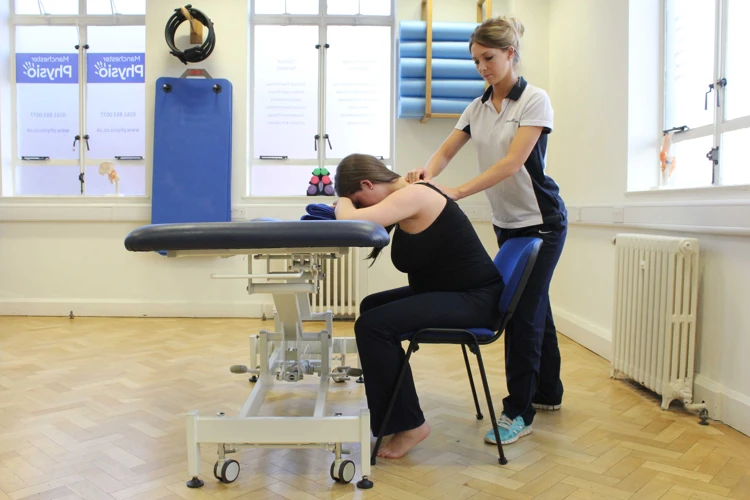
Oxytocin
Oxytocin is known as the “cuddle hormone” and is released during massage, promoting feelings of comfort, bonding and relaxation. It has been linked to reductions in stress, anxiety, and depression. Oxytocin is also thought to enhance social connections, reduce pain and decrease inflammation.
Endorphins
Massage releases endorphins, the body’s natural painkillers and “feel-good” hormones. Endorphins have been known to reduce stress and anxiety, and even improve mood. They can also boost energy levels and reduce fatigue.
Cortisol
Cortisol is a stress hormone that can cause a variety of issues if it is chronically elevated. Massage can reduce cortisol levels, which can help to improve overall wellbeing. Lower cortisol levels can also lead to better sleep and improved cognitive functioning.
What Conditions Can Massage Help Treat?
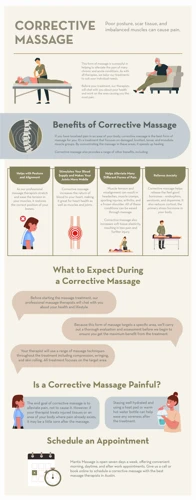
Massage is a powerful tool to help treat various conditions, both physical and mental. Physically, massage can help improve circulation, reduce inflammation, increase joint mobility and flexibility, decrease pain and muscle tension, and improve posture. It can also help alleviate stress, fatigue, headaches, and insomnia.
Mentally, massage can reduce anxiety and depression, boost self-esteem, and improve overall mood. It can also help with mental clarity and focus, and can create an overall sense of wellbeing.
Massage can also be beneficial for those suffering from chronic conditions, such as fibromyalgia, irritable bowel syndrome, multiple sclerosis, and arthritis. Furthermore, massage can help to reduce the side effects of cancer treatments, such as fatigue, nausea, and pain.
For those dealing with physical injuries, massage can help to reduce swelling and pain, as well as speed up healing time. It can also be used as a preventative measure, helping to reduce the risk of future injuries by improving flexibility and strength.
Overall, massage can have a wide range of positive effects, both physically and mentally. It can help to create a sense of balance and harmony in the body, and can help to bring relief from a variety of conditions.
How Can You Prepare for a Massage?
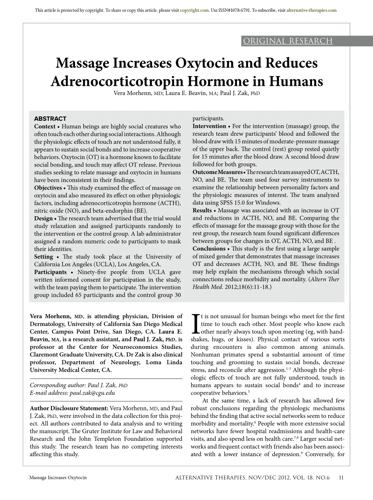
| Step | What to Do |
|---|---|
| 1 | Schedule your massage appointment at least a day in advance. |
| 2 | Eat a light meal before your appointment. |
| 3 | Wear comfortable clothes. |
| 4 | Shower before your appointment. |
| 5 | Be sure to communicate any areas of discomfort or pain to your massage therapist. |
| 6 | Arrive at least 10 minutes early to fill out paperwork and discuss your goals for the massage. |
| 7 | Drink plenty of water before and after your massage. |
Preparing for a massage is an important step in ensuring you get the most out of your experience. Scheduling your massage appointment at least a day in advance will help ensure you have plenty of time to prepare. Eating a light meal before your appointment can help you feel relaxed and comfortable during the massage. Wear comfortable clothing, such as shorts and a tank top or t-shirt, to allow your massage therapist easy access to the areas they will be working on. Showering prior to your appointment can help you feel clean and relaxed. If you have any areas of discomfort or pain, be sure to communicate this to your massage therapist prior to the start of the massage. It’s also a good idea to arrive at least 10 minutes early to fill out any necessary paperwork and discuss your goals for the massage. Finally, drinking plenty of water before and after your massage session can help you stay hydrated and can help your body flush out toxins.
How to Make the Most of Your Massage
Book a Professional Massage: Booking an appointment with a professional massage therapist is the best way to ensure that you get the most out of your massage. Professional therapists are experts in the field and can provide you with a tailored treatment that meets your specific needs.
Be Prepared: Prior to your massage, make sure to inform your therapist of any areas that need extra attention. Additionally, it’s important to drink plenty of water before and after your massage to help flush out toxins that have been released.
Relax: During your massage, it’s important to relax and allow yourself to reap the full benefits of the treatment. Take deep breaths, and focus on the sensations in your body.
Listen to Your Body: Once your massage is complete, take a few moments to assess how your body feels. Take note of any areas that still feel tense or sore, and communicate this to your therapist for future sessions.
Take Care of Yourself: After your massage, it’s important to take care of yourself. Make sure to drink plenty of water, take a hot shower, and get plenty of rest. Additionally, you may want to engage in activities such as yoga or meditation to help clear your mind and maintain physical and mental balance.
Frequently Asked Questions
What are the Benefits of Massage for Hormone Balance?
Massage can help to regulate hormones in the body, such as cortisol, which is linked to stress. Regular massage helps to reduce cortisol levels and increase serotonin, the hormone that helps to regulate mood. Massage can also help to reduce blood pressure, reduce inflammation, and improve sleep quality. Massage can also help to balance the hormones associated with menopause, including estrogen and progesterone. Regular massage can help to reduce the symptoms of menopause, such as hot flashes, night sweats, and fatigue. Massage can also help to reduce the risk of developing chronic illnesses, such as diabetes and heart disease.
What Kind of Massage is Best for Releasing Hormones?
- Swedish Massage: Swedish massage focuses on relaxation and is the most popular type of massage. It is great for releasing hormones like oxytocin and dopamine. It is done with light to medium pressure and is best for relaxation.
- Deep Tissue Massage: This massage uses deep pressure to penetrate deeper muscle layers and release hormones like serotonin and cortisol. It is more intense than Swedish massage and is best for those with chronic muscle tension.
- Sports Massage: This massage is used to treat specific injuries and release hormones like endorphins and adrenaline. It is best for athletes or those with active lifestyles.
- Acupressure Massage: This massage is done using finger pressure to stimulate specific points on the body. It is great for releasing hormones like oxytocin and endorphins. It is best for those looking for a more holistic approach to massage.
How Often Should I Get a Massage for Hormone Balance?
The frequency of massage for hormone balance depends on the individual’s needs. Generally, massage sessions once a week or once every two weeks are recommended. Additionally, massage can be used to maintain hormone balance, as well as to address acute or chronic issues. A massage therapist can provide guidance on what frequency of massage is best for individual circumstances.
Yes, massage can help reduce levels of stress-related hormones and help balance your body’s natural chemistry. Here are some ways massage can help:
- Massage releases oxytocin, a hormone that helps to reduce stress and anxiety.
- Massage increases serotonin and dopamine levels, two hormones that are known to contribute to feelings of happiness and relaxation.
- Massage decreases cortisol levels, the hormone that is associated with stress.
- Massage can help release endorphins, hormones that act as natural painkillers and give you a feeling of euphoria.
Massage can be a powerful tool for managing stress and anxiety, and helping to maintain your body’s natural hormonal balance. So, if you’re feeling overwhelmed and out of balance, consider scheduling a massage session to help reduce stress and restore a sense of calm and wellbeing.
Are there any risks associated with massage and hormone balance?
- Hormonal imbalances: Massage can sometimes cause hormonal imbalances, which can cause problems like mood swings, weight gain, and fatigue.
- Muscle tension: Massage can sometimes cause tension in the muscles, which can lead to pain and discomfort.
- Allergic reactions: Massage can sometimes cause allergic reactions, such as skin irritation or sensitivity to certain oils or scents.
- Blood clots: If a person has a history of blood clots, massage can sometimes cause them to form.
- Infections: Massage can sometimes spread infections, such as staphylococcus or streptococcus, from person to person.
It is important to consult with a medical professional before getting a massage, to make sure that it is safe and appropriate for your particular health needs.
Conclusion
Massage is an effective and natural way to help balance your body’s hormones. It can reduce stress hormones, increase endorphins, and release oxytocin, all of which can help reduce feelings of stress, anxiety, and depression. Additionally, massage therapy can help improve circulation, reduce inflammation, and increase serotonin levels, which can further benefit your mental and physical health. Massage can be a great way to relax and reap the many benefits of hormone balance.

